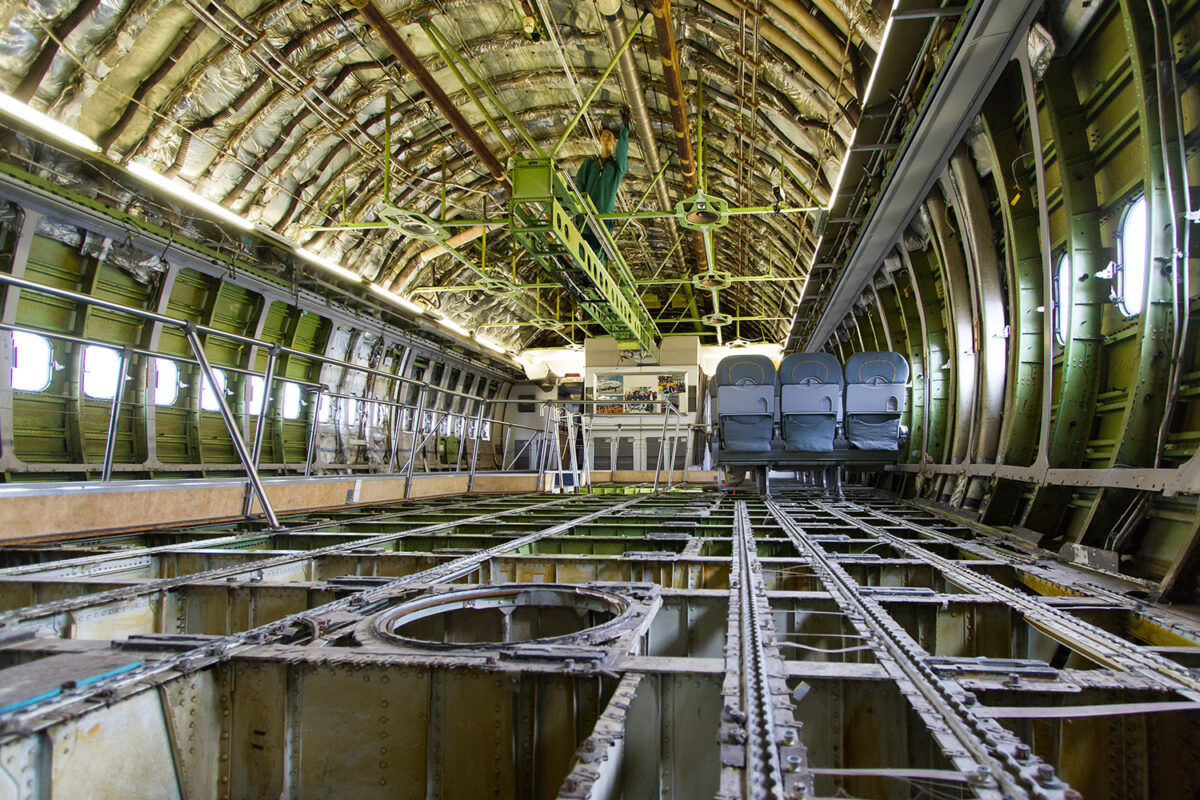Integrating Lifecycle Analyses for Aviation Sustainability

Between 2016-2018, aviation’s 2.8% global CO2 emissions also included significant contrails and soot pollution challenges.
The complete lifecycle of commercial aircraft, from production to infrastructure, intensifies environmental concerns. Despite efficiency improvements, the industry’s growth maintains a substantial environmental footprint. Initiatives like the International Air Transport Association’s commitment to net-zero carbon emissions by 2050 align with the Paris Climate Agreement. Aircraft manufacturers target sustainability through innovations in energy-efficient design, optimized flight operations, sustainable production, and alternative energy sources. However, transparent, and quantitative analyses, particularly through Life Cycle Assessment (LCA), are essential for achieving industry environmental goals.
You can also read: Inside the Technology of Aircraft Windows
Airbus Lifecycle Services Centre Takes Flight
Inaugurating its operations in Chengdu, China, the Airbus Lifecycle Services Centre (ALSC) emerges as a trailblazing facility, providing comprehensive solutions for the holistic management of an aircraft’s lifecycle. Unprecedented in its scope, this center serves as a singular hub, addressing a spectrum of services encompassing aircraft parking, storage, and maintenance to upgrades, conversions, dismantling, and recycling across diverse aircraft types. Furthermore, it facilitates the meticulous distribution of salvaged parts stemming from the dismantling process.
Endorsed by both the European Union Aviation Safety Agency (EASA) and the Civil Aviation Administration of China (CAAC), the Airbus Lifecycle Services Centre in Chengdu spans a substantial 717,000 square meters, with a large storage space that can hold up to 125 aircraft. A phased operational ramp-up is anticipated until 2025, with a potential workforce peaking at 150 employees. Notably, the primary structures of the center have obtained certification under the exacting Leadership in Energy and Environmental Design (LEED) standards, representing a notable commitment to mitigating environmental impacts associated with ALSC operations.
Tarmac Aerosave and Satair Join Forces with Airbus for Aviation Sustainability
The Airbus Lifecycle Services Centre serves as a testament to collaborative synergy, bringing together Airbus, Tarmac Aerosave, and Satair. First, Tarmac Aerosave brings 15 years of expertise in aircraft storage. Dismantling, and recycling, supporting efficient and sustainable management of retired aircraft. Also, Satair, an Airbus subsidiary, manages the acquisition of aging aircraft, facilitates trade, and distributes used parts. This collaboration aims to enhance the aviation sector’s circular economy by maximizing reuse and recycling while providing comprehensive lifecycle services. Anticipating a notable impact, it is expected that 75 percent of the aircraft stored at the center will be put back into service after being stored and upgraded. The distinctive Tarmac Aerosave process will apply to the remaining aircraft, ultimately reclaiming an estimated 90 percent of the aircraft’s weight.
In summary, the Airbus Centre in Chengdu, China serves as an example of collaboration and innovation in overcoming environmental hurdles. With its comprehensive solutions and commitment to sustainability, the center heralds a promising future for the efficient and responsible management of aircraft lifecycles, paving the way for a more sustainable aviation sector.
